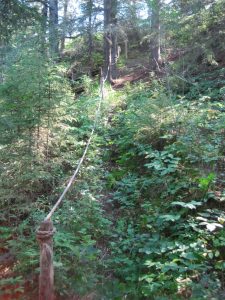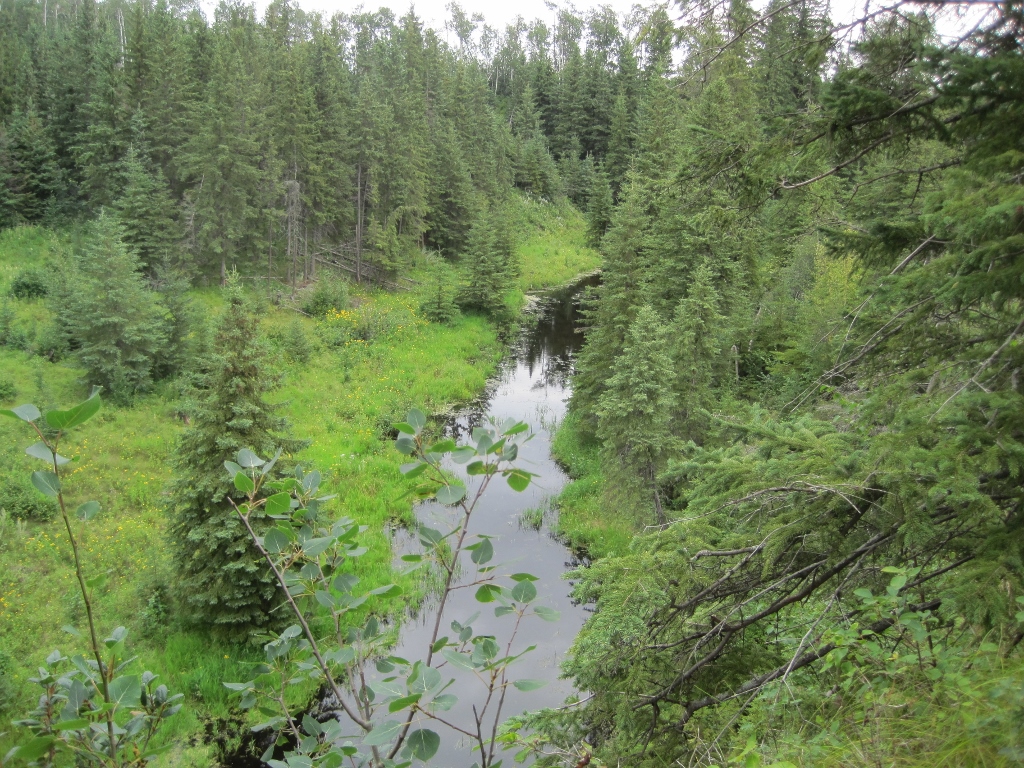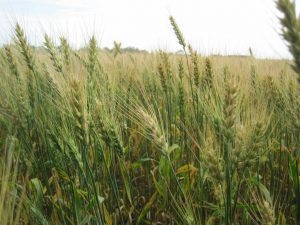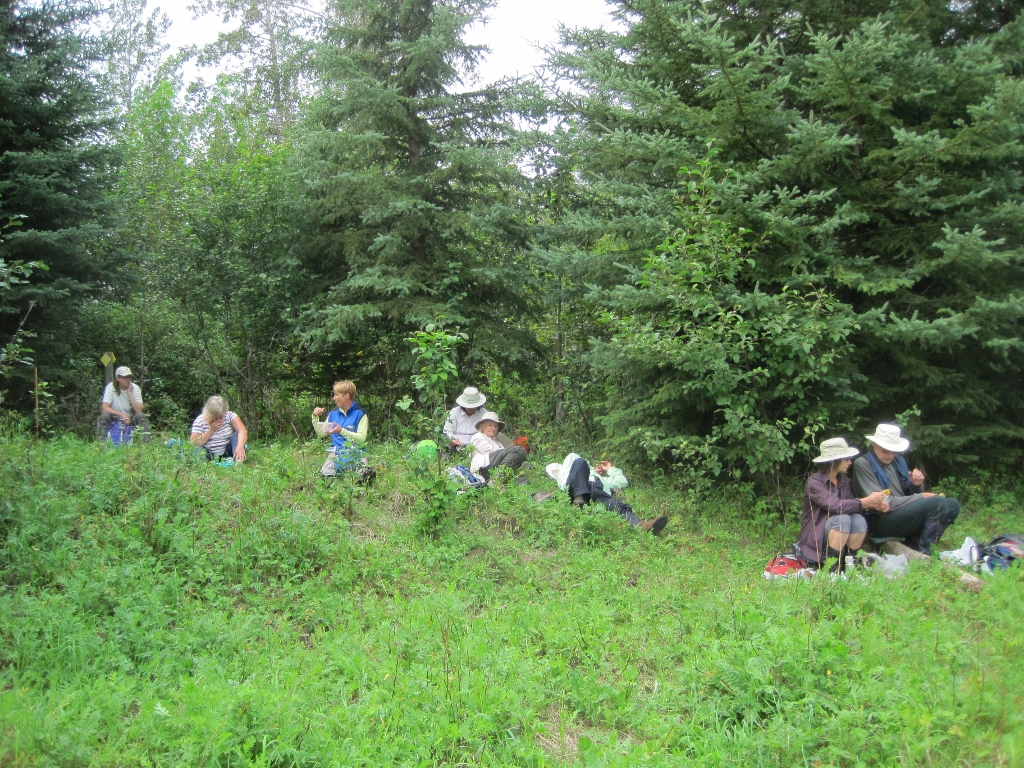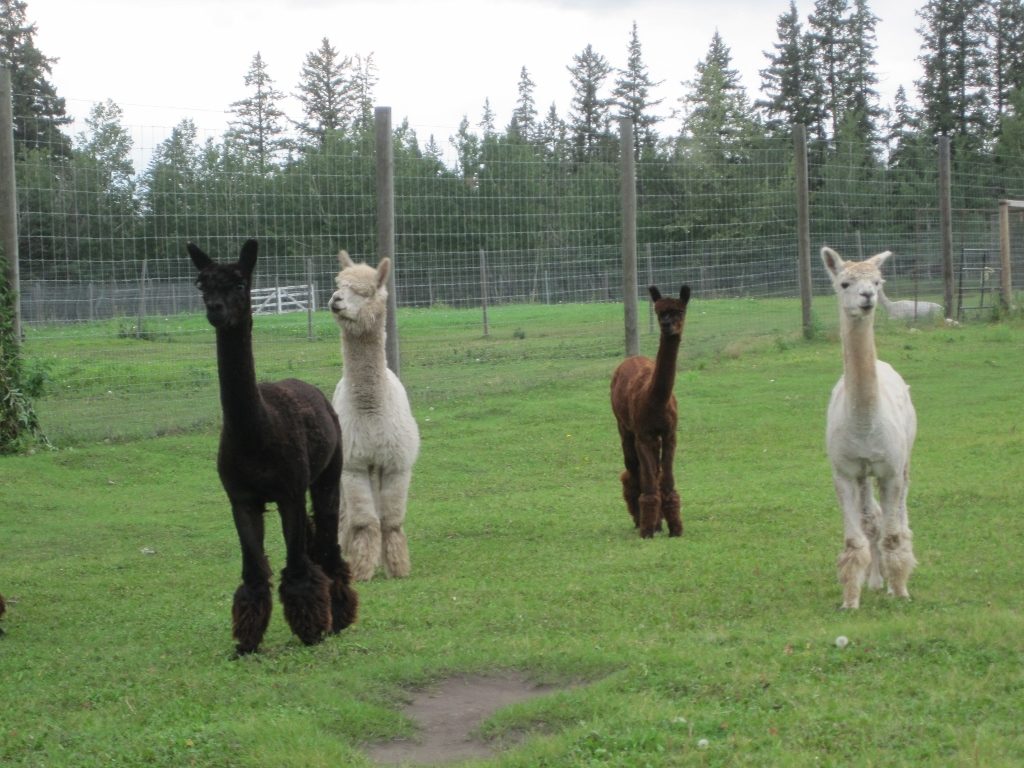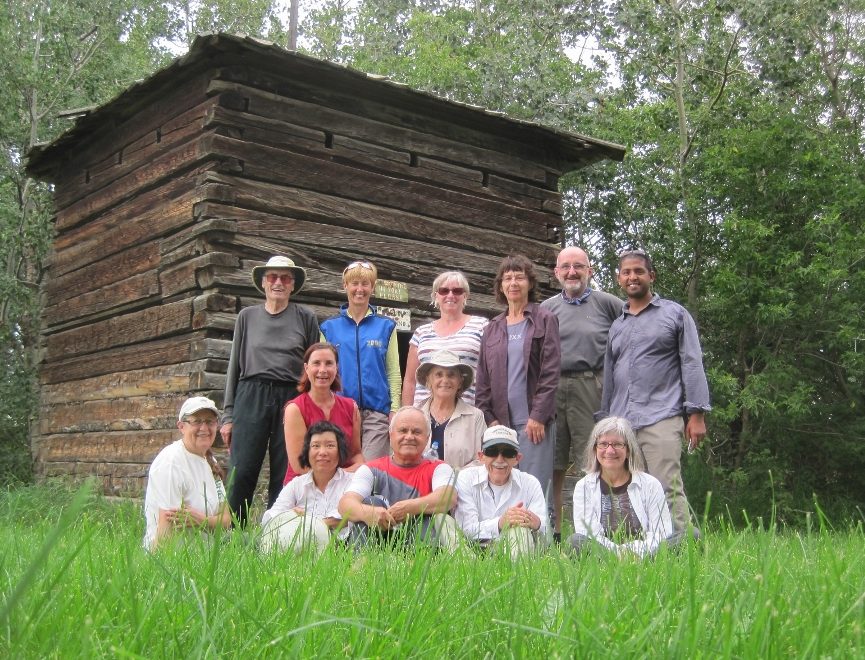For the first time, in all the years of our collective hiking, the ten of us on this day saw Trappers Lake as an actual “lake.” Yes, the trail guidebook clearly shows a big lake on the map, but all we ever saw was a field of grasses—up to now. We have had so much rain this year that the body of water has risen high enough to reveal its shining self.

The 11.5 km hike began with a walk through the lush pasture. A herd of cows in the distance ahead of us stopped their grazing and looked up. Suddenly they rushed toward us, bellowing. It was alarming, even nerve-wracking, but Anita assured us that they were just very friendly. We slipped through the large crowd of gorgeous red-brown beasts, thankful we were not causing them to stampede.
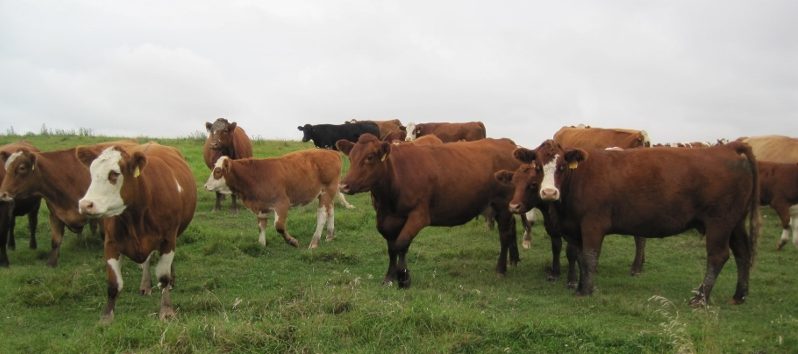
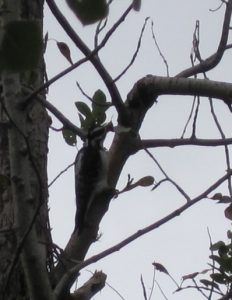
Farther on, two woodpeckers swooped down and landed on some trees in front of us. One was a majestic Pileated Woodpecker, the other was a smaller version, possibly a Hairy Woodpecker. They bounced around the tree trunk, knock-knocking here and there, then took off as quickly as they came.
It was supposed to be our first cold day, just 10 degrees after a long warm summer. But the air was dry and still, and the walking kept us feeling warm even though the sky was mostly cloudy. The mosquitoes seem to be finished.
The Park put up a new high fence and built a new ladder for us. It’s even higher than the old ladder.
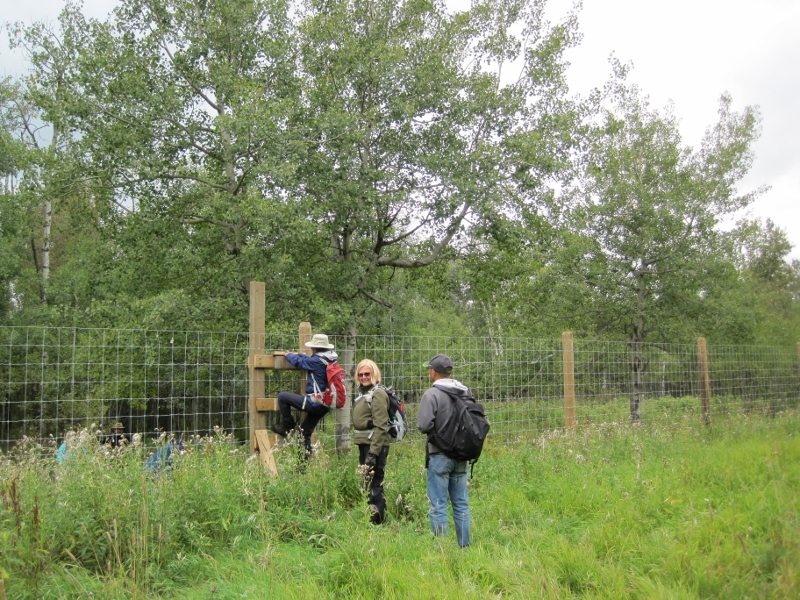
The trail inside the park was rich with varieties of fungus. We took pictures of nearly every kind. The flowers at this moment in the season are mainly asters and goldenrod. The only sighting of a bison was by Michele, from the top of that high ladder.
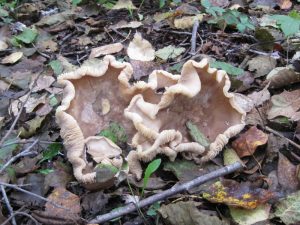
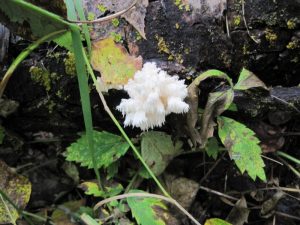
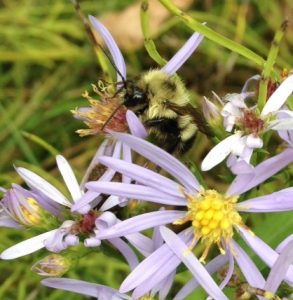
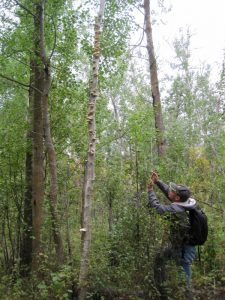
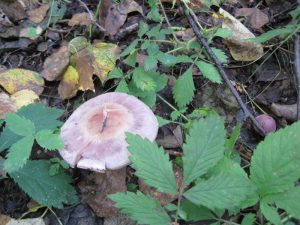
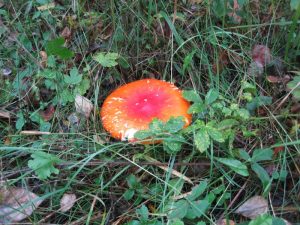
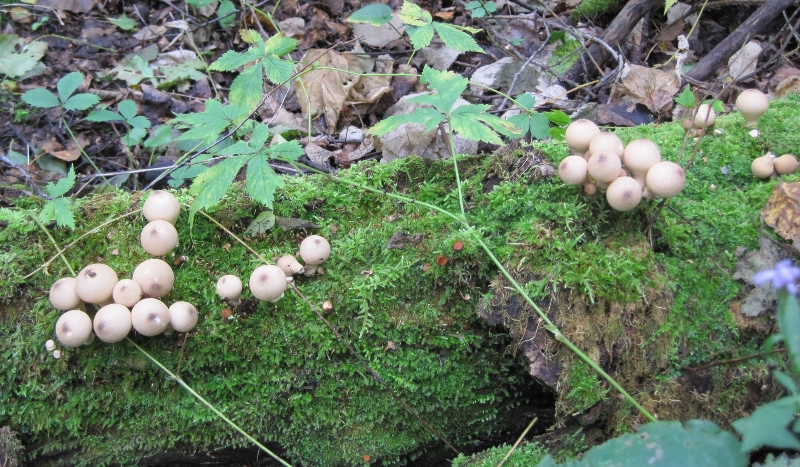
Lunch was on the vast lawn at Oster Lake. Our conversation was punctuated by the honking of the geese as they flew back and forth above us.
See the rest of our pictures on Flickr
